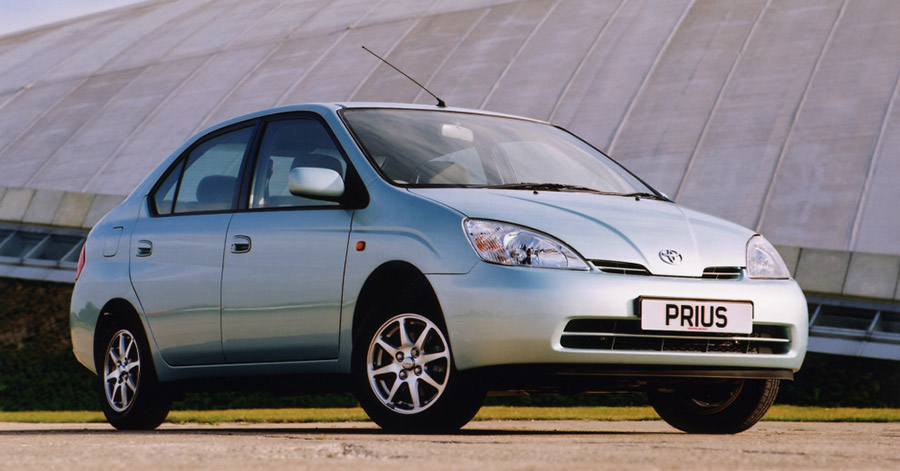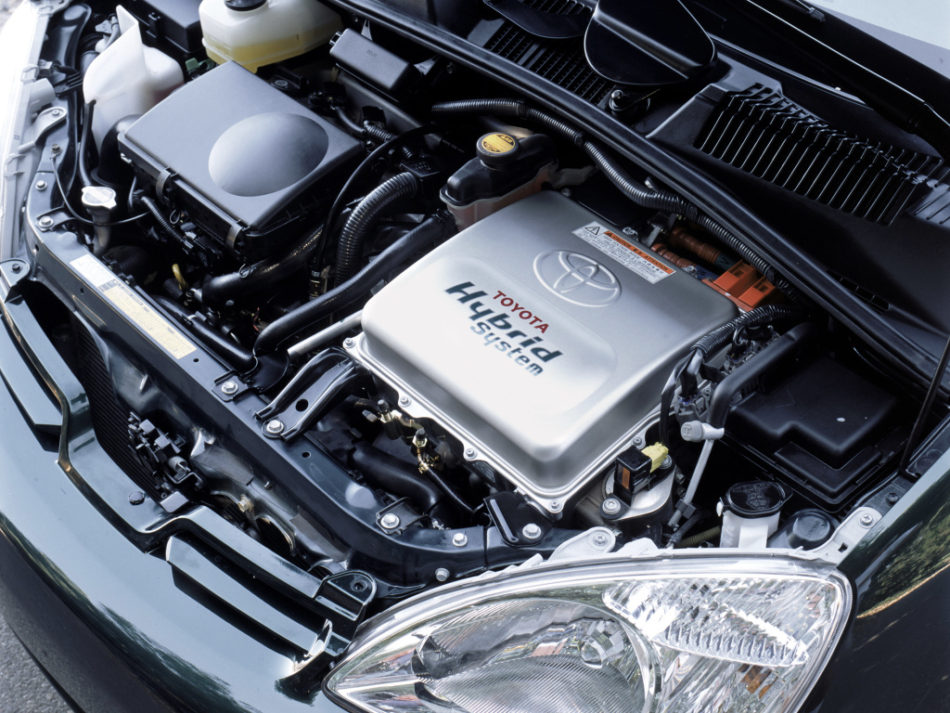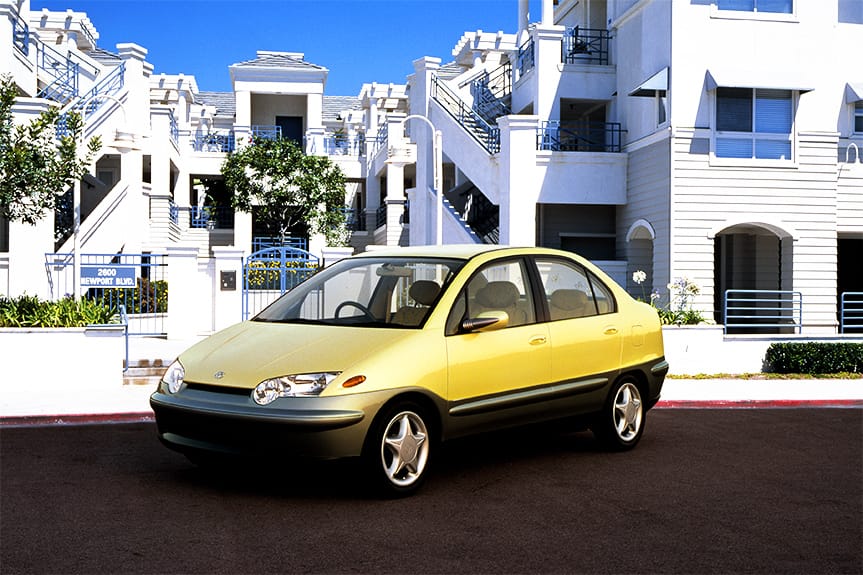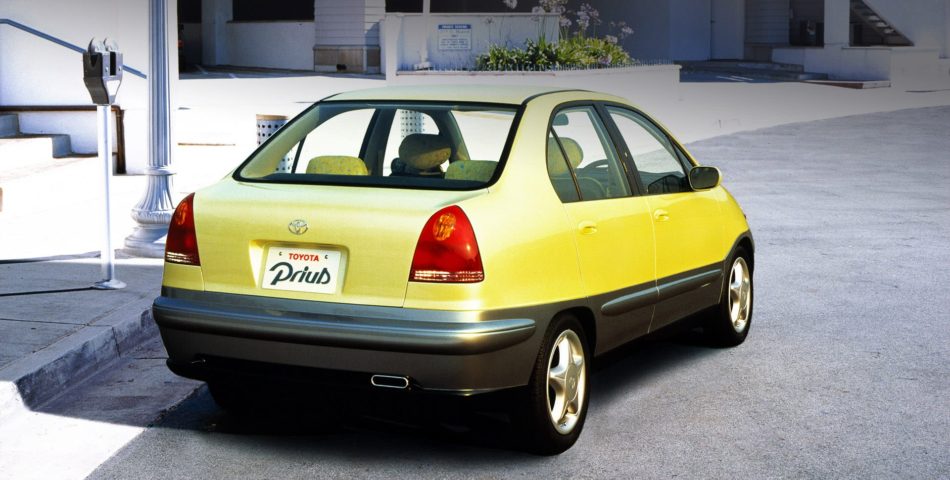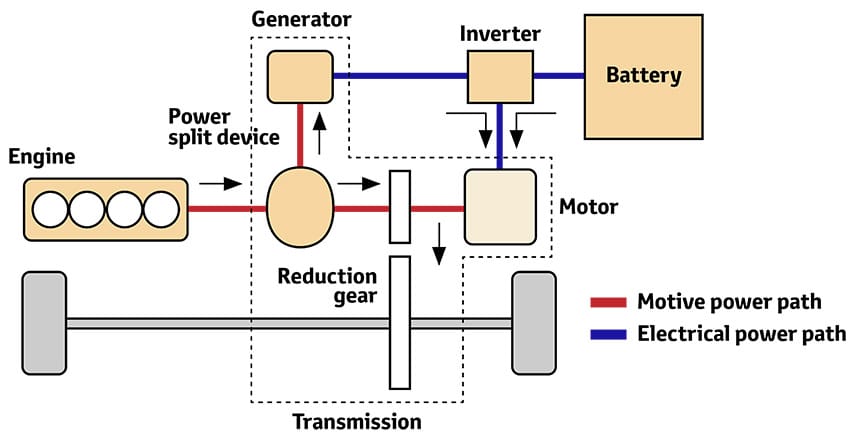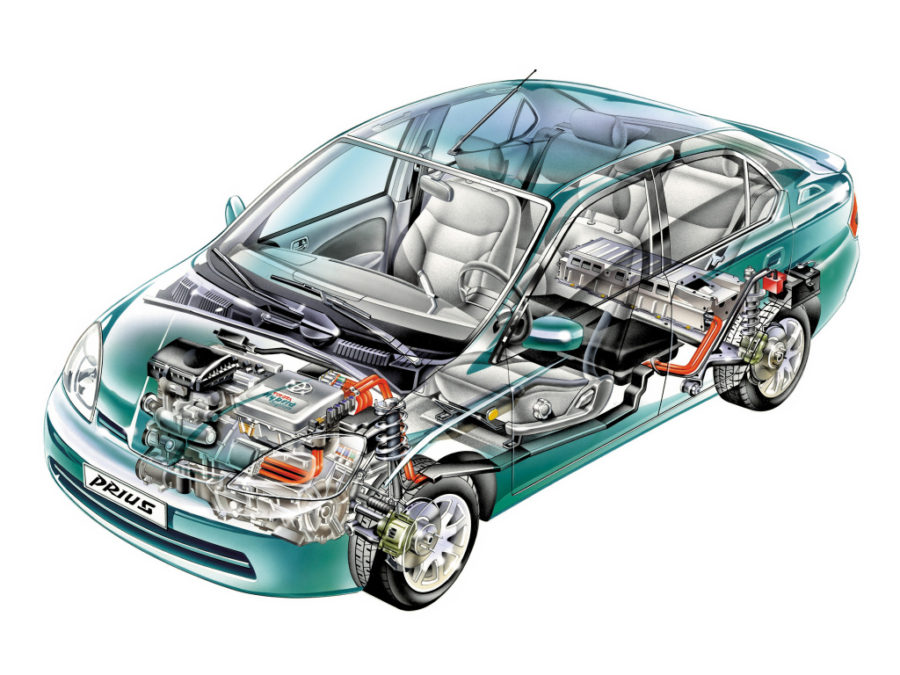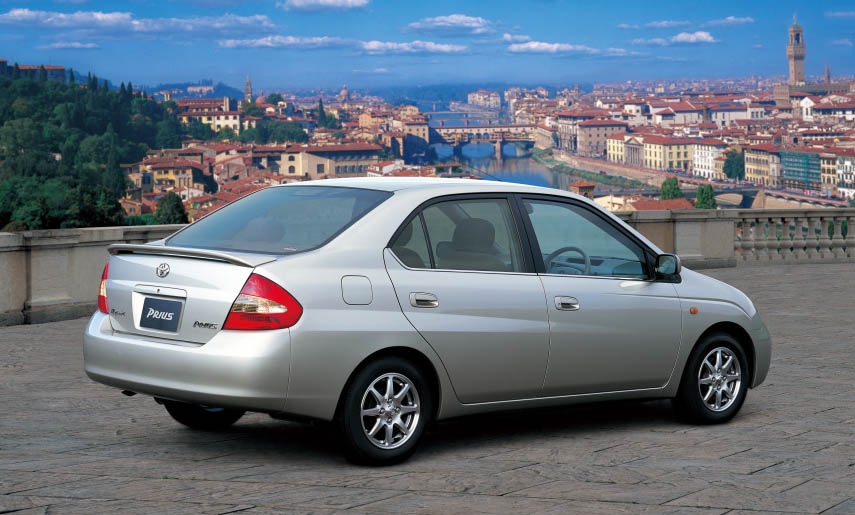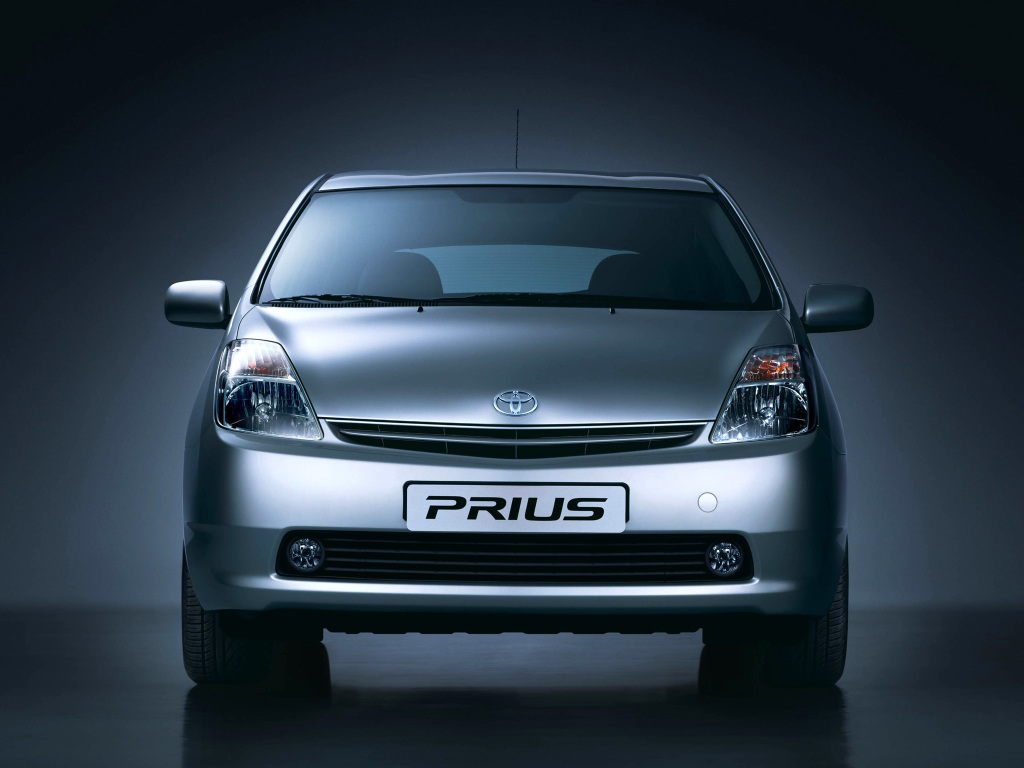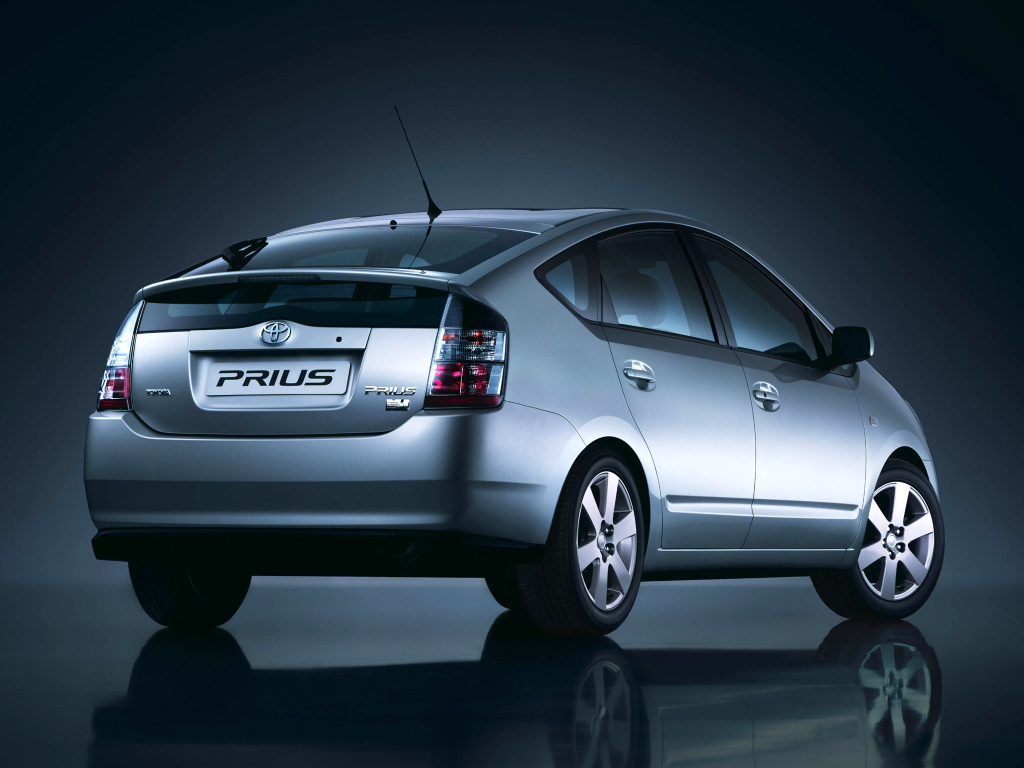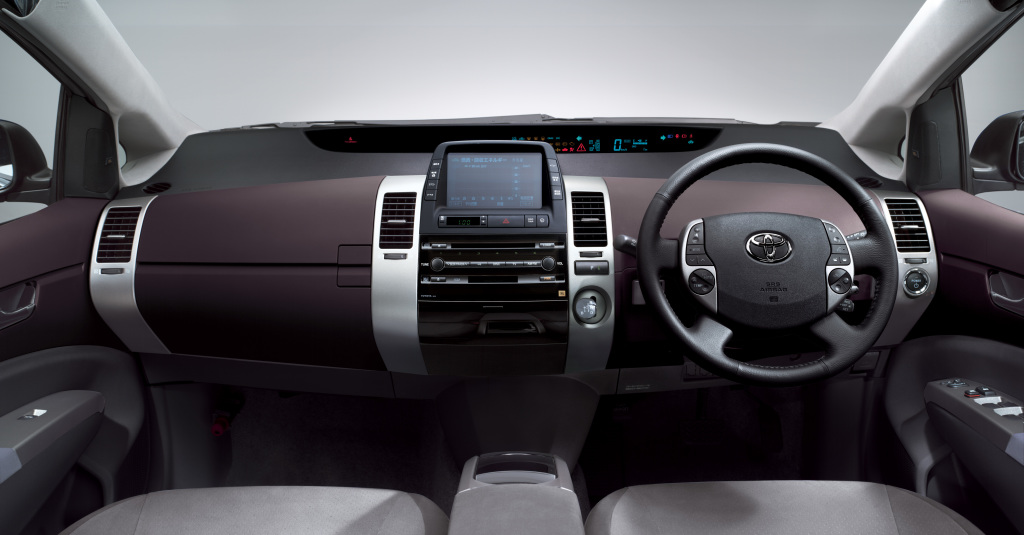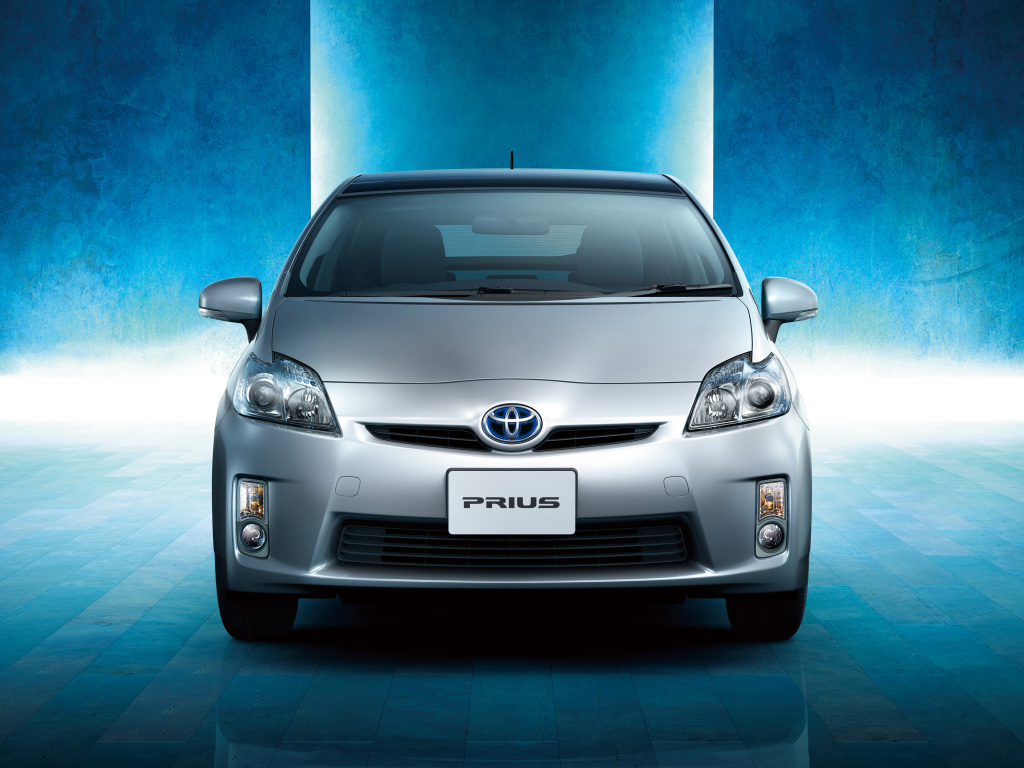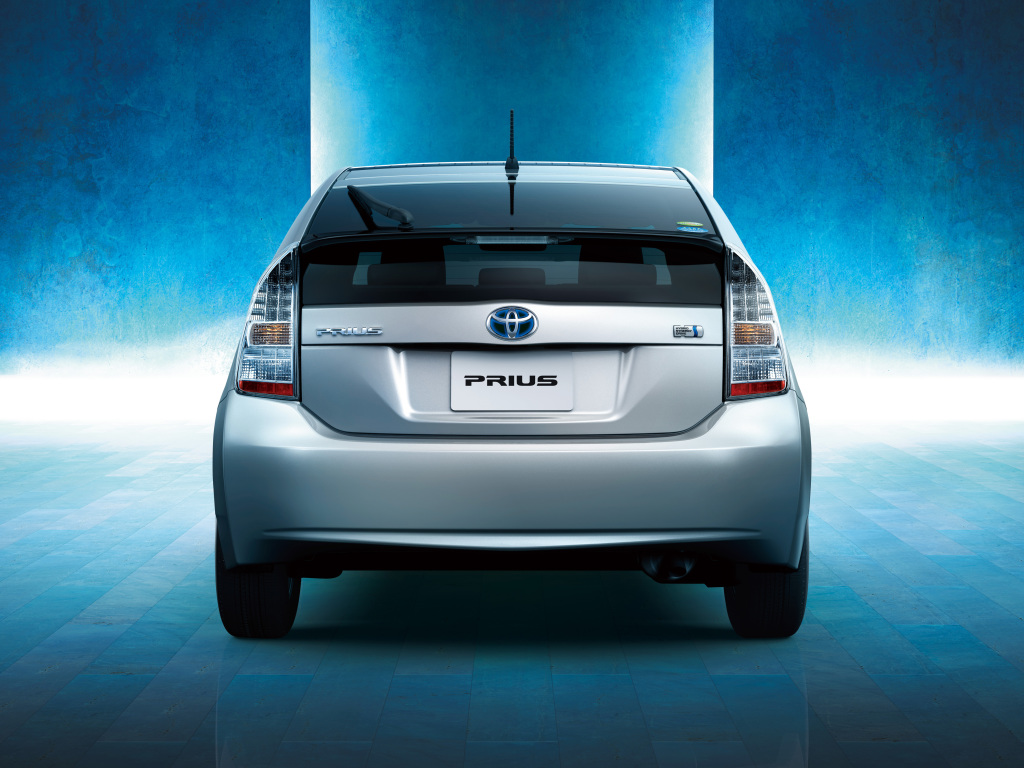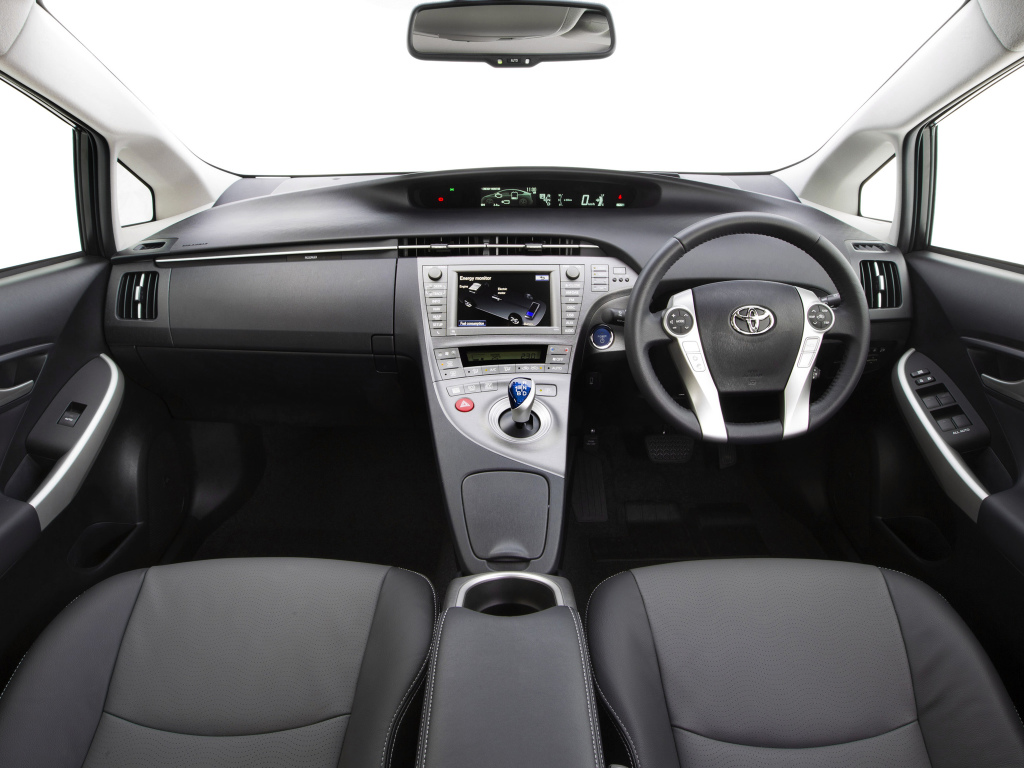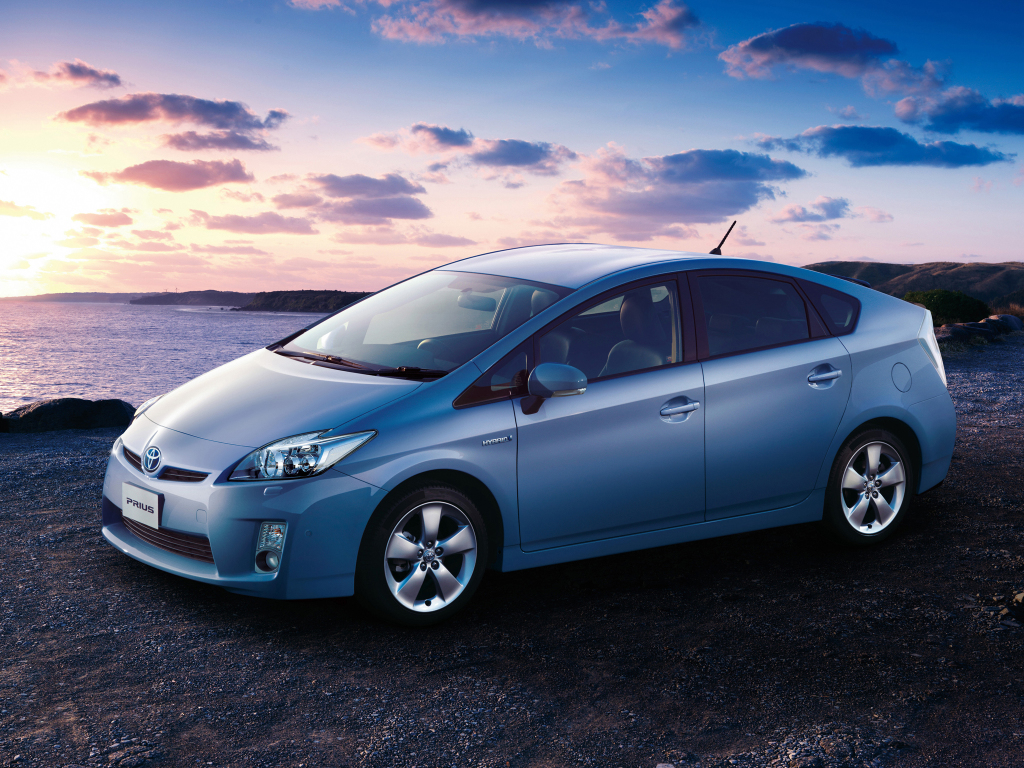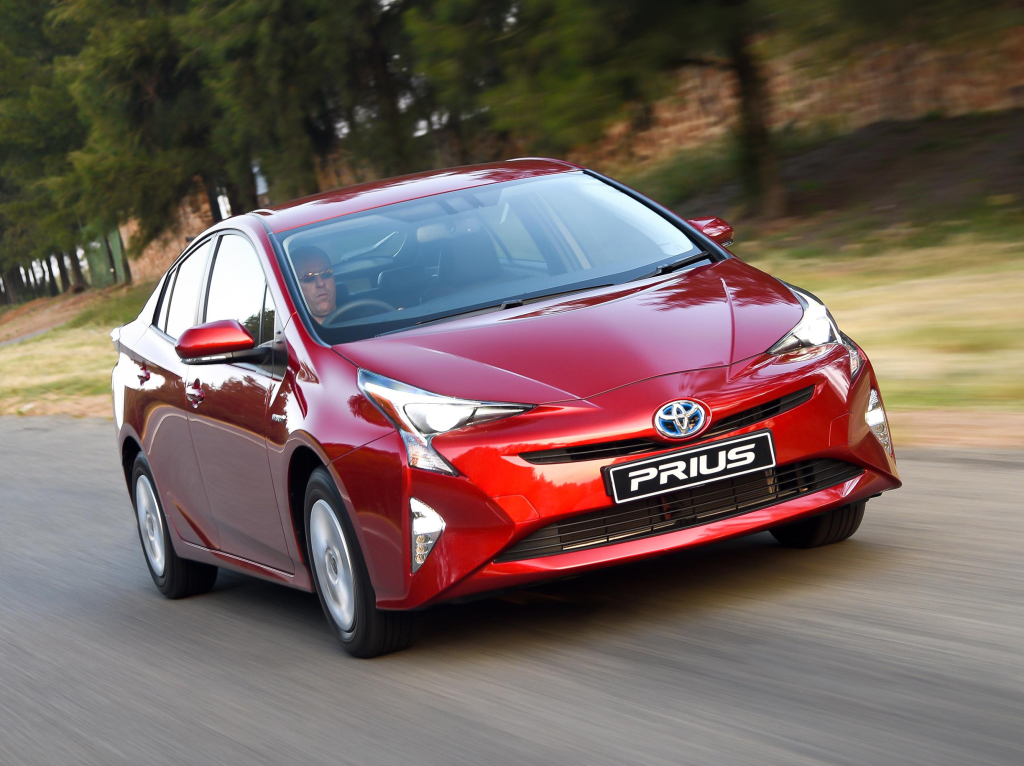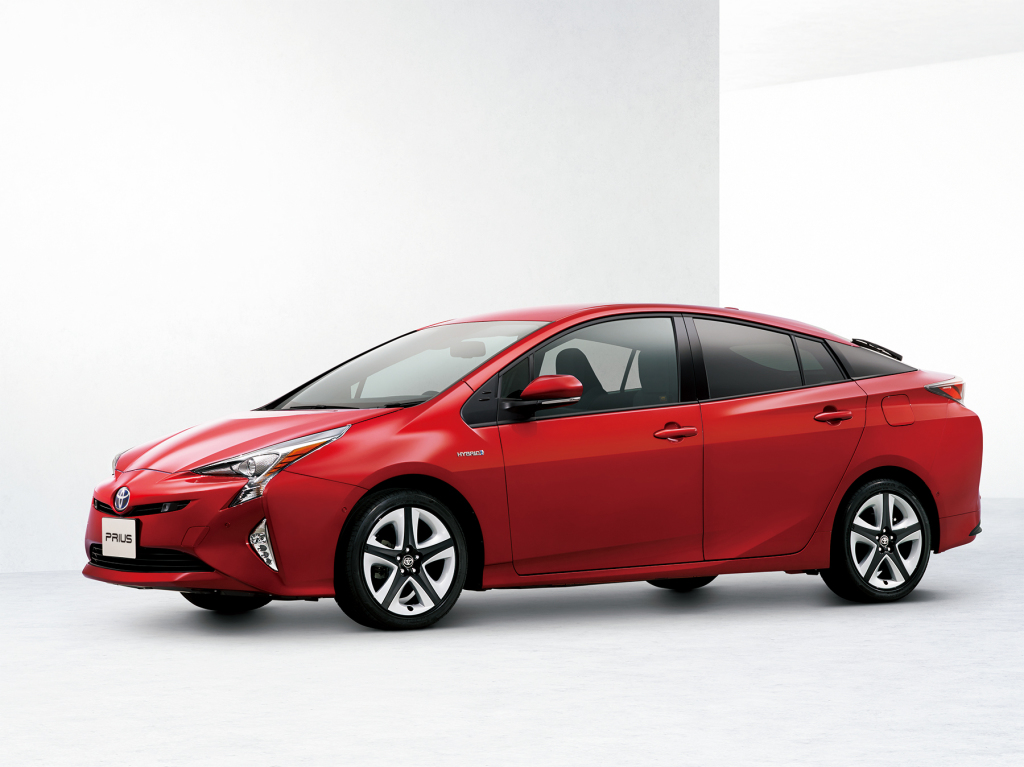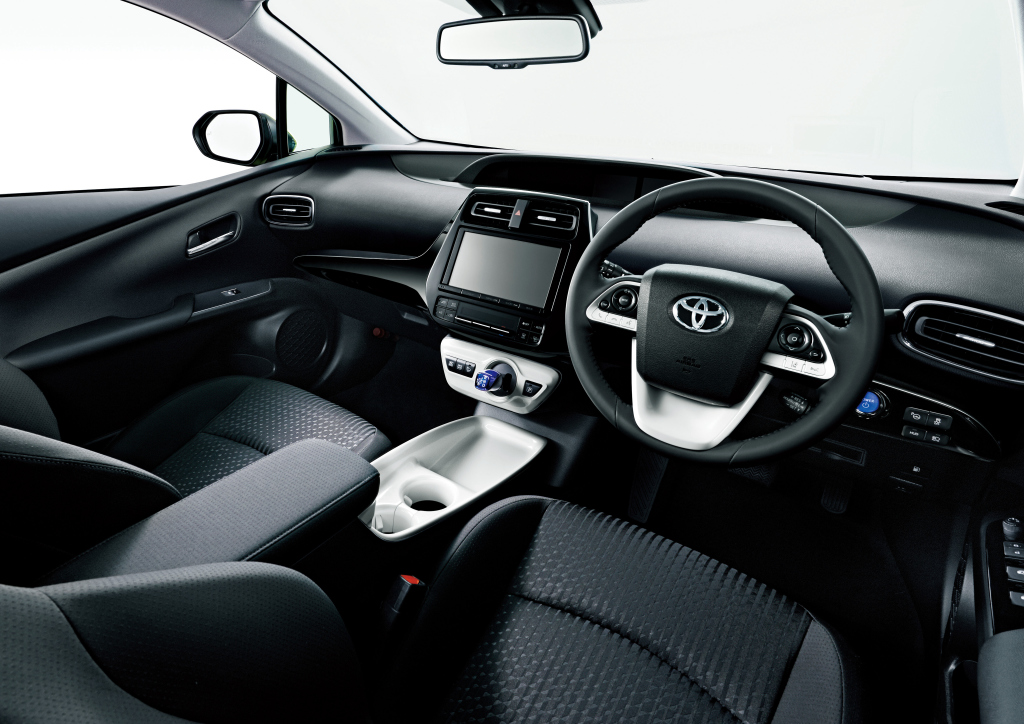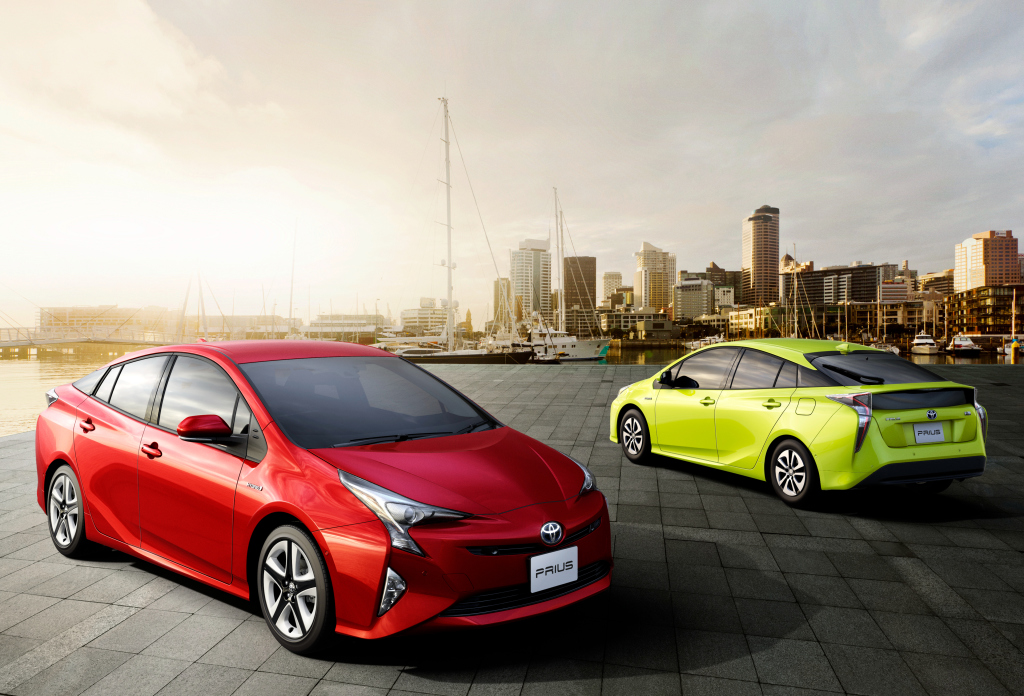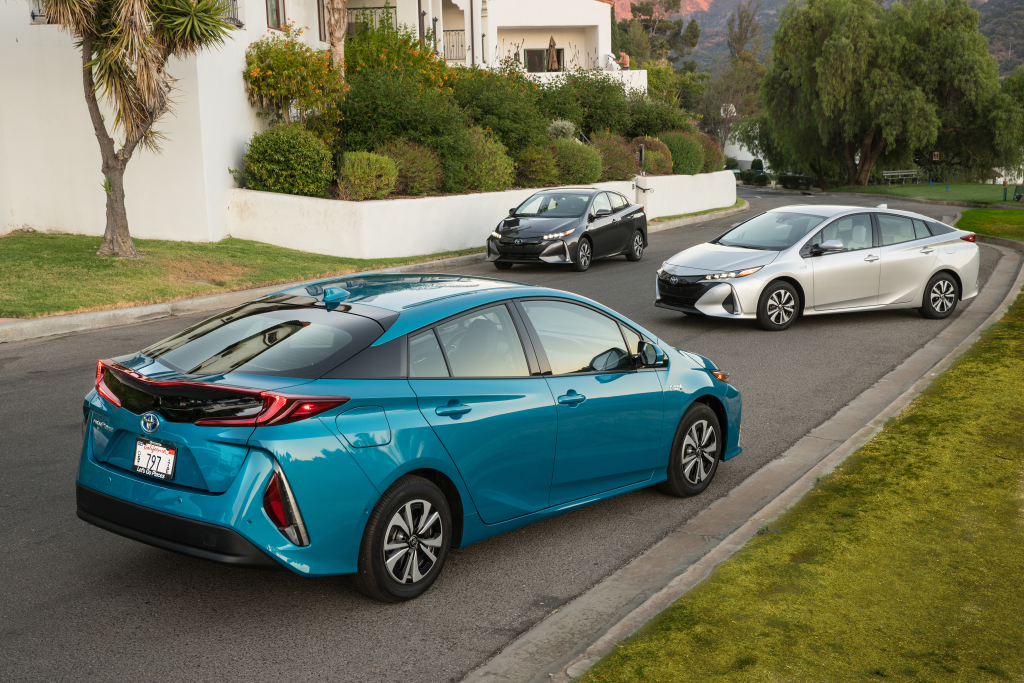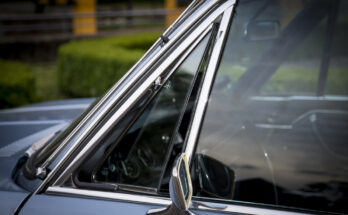Talk about hybrid cars and the first things that come to the mind is Prius. Debuted in 1997, the Toyota Prius since then has proven itself as the benchmark of hybrid mobility. Prius, which means “to go before” in Latin, is currently in its 4th generation and completing 23 years of its life, it is considered a primary choice among hybrid cars in almost every part of the world. So what’s the story behind the Prius & how did this revolution in car making begin?
In 1993 the then Toyota chairman urged to start thinking about a new vision for cars that would prepare for the 21st century. That’s how it started the first study that would lead to the Prius. The initial study commenced in September 1993 under the codename G21 where “G” stood for “Global” and “21” for the 21st century, a fitting moniker for a project whose main aim was to conceive a car for the new century. The initial project team consisted of 10 engineers and designers, working off a blank slate on research for a next-generation mass production passenger car.
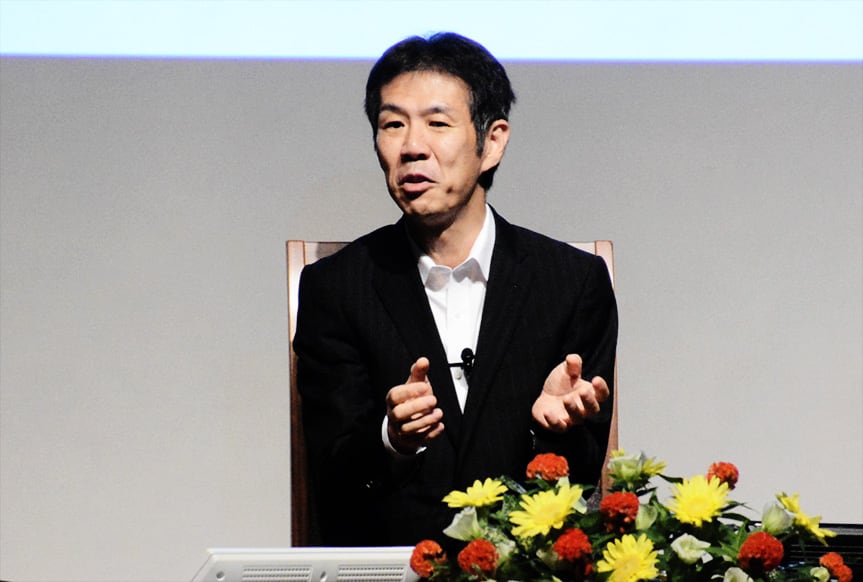
By the end of 1993, the project team had compiled an initial report outlining the concept which was compact but roomy, with a longer wheelbase and excellent fuel efficiency of over 20km in a liter. According to Satoshi Ogiso, the only person to have worked on the Prius from the project planning stage all the way through to the current 4th generation model.
“We thought about what kind of a car would match our concept from every angle possible. Would it be an ultra-compact car seating one or two people, or a large car with great fuel efficiency that could have greater benefit for the environment as a whole? In the midst of those discussions, we also considered the powertrain.”
The early 1990s was a period when carmakers around the world were striving toward a next-generation powertrain as the promise of electric drive was emerging. At this stage however, the G21 project team didn’t consider a hybrid system powered by an electric motor to be feasible. It was a hot topic, but the technology hadn’t been proven. According to Ogiso, no matter how good a car’s performance is, if the technology isn’t widely adopted, it can’t benefit society. At that time, the hybrid as a technology couldn’t be achieved by the start of the 21st century. The G21 team then settled on a direct-injection engine with a highly efficient automatic transmission that could raise fuel efficiency to 1.5 times a similar car in its class.
Related: The Legendary 5th Generation Toyota Corolla E80
Then, the project’s direction took a major turn. In November 1994, Akihiro Wada, the Executive Vice President for technology, instructed G21 leader Takeshi Uchiyamada to make the next-generation car a hybrid. Wada emphasized if that wasn’t possible, the project would be axed. Despite a lot of doubts, a consensus grew that it would be meaningless to debut a 21st century car with a 20th century powertrain and suddenly, the G21 project faced a towering development hurdle. Ogiso recalls:
“Fuel efficiency 1.5 times the conventional car wasn’t good enough, so we needed to double it. And we knew that was impossible with conventional methods, so the only answer was hybrid technology. If we weren’t up to that task, G21 had no reason to exist.”
Studies on a new hybrid system started in 1995. Various systems were studied for about 6 months from the end of 1994, before deciding that the two-motor type was the best option because of the high fuel efficiency potential. It was assumed that power electronics (semiconductors and electronic circuits used to efficiently control power) would make leaps in the near future. The conventional transmission could also be completely eliminated.
The system adopted by the team would later come to be known as the Toyota Hybrid System (THS), featuring two motors in addition to the engine. The drive motor would boost engine output while acting as a generator during deceleration to charge the batteries. The second motor would use the drive power of the engine to generate electricity as well as control the transmission & would also be used as a starter motor. A power split device with planetary gears would connect the two motors with the engine. The input shaft and output shaft would be on the same plane to make the car more compact. The engine output would be divided between driving the vehicle and power generation, and the continuously variable transmission (CVT) would control engine speed. An inverter would also be placed between the battery and motor. This would convert the current between the direct current batteries and the alternating current synchronous motors.
Renderings of the Prius concept
The G21 team worked on the development of a concept car for the Tokyo Motor Show alongside their development of the production car. The system installed in the concept car featured a single motor, direct-injection engine, and CVT. There was a capacitor instead of batteries, and the targeted fuel efficiency was 30 km per liter. Technically, it was a hybrid but was internally called as Toyota Energy Management System, or EMS. At this stage, using the model name Prius had already started.
Related: Remembering the Toyota Corolla E90
The G21 team got the official go-ahead for the production car at a meeting in June 1995. Their first task was to create a prototype, and the initial steps would be to select the right engine and develop the motors and batteries. Ogiso says:
“For the prototype, we were working off a completely blank slate. We started by assembling the basic parts and testing them. Each one was tested on a test bench and then we incorporated computer programs. None of the major components had a track record, so it was a real challenge making that first car.”
The goal was getting the car to market before the start of the 21st century. Time was crucial & in addition to the hybrid system, there were many other tasks to deal with. The design had yet to be decided and the suspension was an urgent issue. However in August 1995, Hiroshi Okuda was appointed President of Toyota Motor Corporation which proved an important event not just for corporate management, but a turning point for hybrid car development as well.
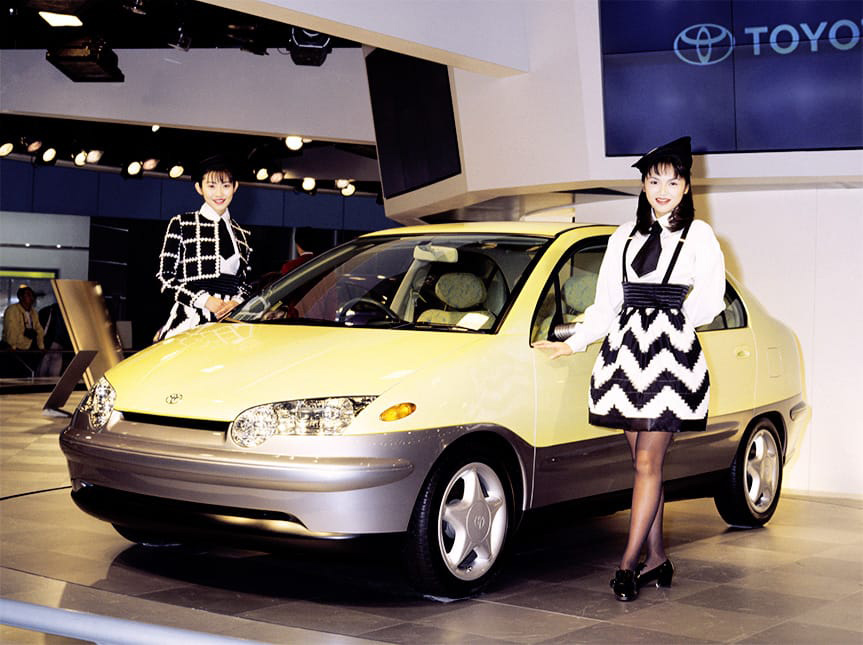
At the Tokyo Motor Show in October 1995, the G21 team exhibited the Prius concept car, based on the Toyota Energy Management System (EMS), as planned. At around the same time, the team was also working to finalize the prototype of the production hybrid. Ogiso remembers:
“It wasn’t until around the beginning of November 1995 that we assembled all the parts into a car, but even though it was assembled, we couldn’t get it to run. We began working on issues one by one on the test bench, but new issues kept cropping up. The prototype wasn’t a tidy machine. The onboard computers should have been installed in a box, but we couldn’t make one small enough at first, so we just lined up the parts on a big steel plate. Everyone called it the ‘barbeque board’.”
Even after tests were successfully completed on the test bench, many of the components failed when they were installed in the car. The challenge with the Toyota Hybrid System (THS) was the complexity of the drive system. There were various drive formats. Sometimes the car would drive using just a motor, and at other times, just the engine. There was another mode in which both motor and engine operated at the same time. The computer calculated the most efficient driving mode. There was never a simple reason or solution to address why the prototype was not operating. Pinpointing the cause of a problem typically involved checking different combinations of parts. Ogiso says:
“It took us 49 days to get the prototype operating. Even then, the driving was awkward and inconsistent. After 500 meters, it just stopped altogether. Yet, it was very emotional for all of us to see it run and know that we had at least got it running before the end of the year.”
At this stage, the prototype was a long way from production. The team still needed to achieve double the fuel efficiency of a conventional car, improve drivability, and ensure durability. Even with these challenges left to solve, it was time for the project to prepare for mass production. The team would have to increase development speed to meet the sales and production target by the end of 1998.
The surprise change in timeline
With time running out, the team was astounded by a management decision to accelerate the project by a year and aim for release in 1997. The Third Conference of the Parties to the United Nations Framework Convention on Climate Change (COP3) was scheduled to be held in Kyoto in December 1997. Toyota top management had decided to time the Prius release to coincide with COP3 and leverage the wave of media attention that a hybrid car could garner around an environmental conference. The Prius represented a tangible solution to the need for a dramatic reduction in CO2 emissions & was positioned as a global game-changer for the environment. However, another factor was even more significant. Ogiso recalls in explaining the biggest reason for the new target:
“All the major carmakers were developing electrified cars. There were a lot of hybrid cars at the motor shows, and we knew that competitors were involved in R&D. In the annals of car history, there are many examples of companies falling victim to rivals after missing a narrow window of opportunity, even while in a hurry. The environment was a critically important theme to carmakers, and we couldn’t afford to take second place.”
Taking a prototype that could run only 500 meters and turning it into a production vehicle within two years was no easy task. The team still faced a mountain of problems to solve. The performance of the nickel-hydride batteries was half the estimated level, and their size was double the design. The hybrid system charged and discharged the batteries frequently, and the team had to prevent the memory effect from shortening the batteries’ lifespan. During test drives, the batteries would frequently die, forcing a redesign in battery life control. Moreover, battery quality control would become more complex during mass production, when 240 cells would need to be connected in series.
However batteries weren’t the only major issue. A core component of the inverter was a semiconductor module known as an insulated gate bipolar transistor (IGBT). The IGBT was designed to switch large amounts of current at high speed, but there was the challenge of overheating during operation. Since the module worked in conjunction with the engine, a source of heat, the team needed to find a cooling method. Bench tests, however, resulted in repeated overheating and explosions. For production, it would be necessary to both raise the switching speed and ensure breakdown endurance. The team solved these difficult technical challenges but still faced an unsure road ahead.
During test drives, the prototypes didn’t have good fuel efficiency. In fact, fuel efficiency was worse than a standard Corolla. The new equipment that was added was using a lot of electricity for cooling. The electrical load was about 3 times that of a normal car, which lowered the fuel efficiency. Finding ways to lower the load was a tough task. Ogiso remembers:
“We had a lot of issues to solve. Just when we solved one, another one cropped up, and we didn’t see how we could meet mass production in two years. That’s when we turned to a development method called Simultaneous Engineering (SE) to speed up the processes. It was a way to solve many issues at the same time. We collaborated with the production engineering divisions to ready the car for mass production, even from a stage where the car wasn’t operating properly.”
No turning back
The development team was stunned by the company’s announcement at a technology media briefing on March 25, 1997 when President Okuda boldly announced that Toyota had successfully developed a hybrid system as an answer to the 21st century’s environmental problems. The press release promised about twice the fuel efficiency of a conventional car and a new hybrid model within the year. Ogiso couldn’t conceal his surprise the next day when he saw the newspaper coverage.
“The media was reporting that THS could get 28 kilometers to the liter and the price would be ¥500,000 more than the Corolla even though we hadn’t released any specific figures at the press conference. We hadn’t yet reached 28 kilometers per liter, and we couldn’t say at that time that it was attainable. The company had decided to launch in December 1997, and at that juncture, not everything was going according to plan. There was a point earlier in the project where we had asked management to postpone the launch if development became too difficult. But now that the schedule was announced to the public, there was no turning back.”
By August 1997, testing was nearly complete. A dedicated line began producing prototypes at the Takaoka Plant from September. The engineers were reassigned to the plant to make design changes and pave the way for production. The design and development team had involved the production division in the project at an early stage, which kept the late-stage design changes to a minimum.
Just in time for the 21st century
The press conference to unveil the Prius was held October 14, 1997 at a hotel in Roppongi, Tokyo. The conference room was filled with not just the auto industry journalists, but also the general media. The proudest accomplishment of the team was the achievement of 28 kilometers per liter under the Japanese 10-15 test cycle. They had met their promise of delivering double the fuel efficiency of a similar gasoline engine car. What’s more, the price tag of ¥2.15 million was even lower than what the media had reported back in March.
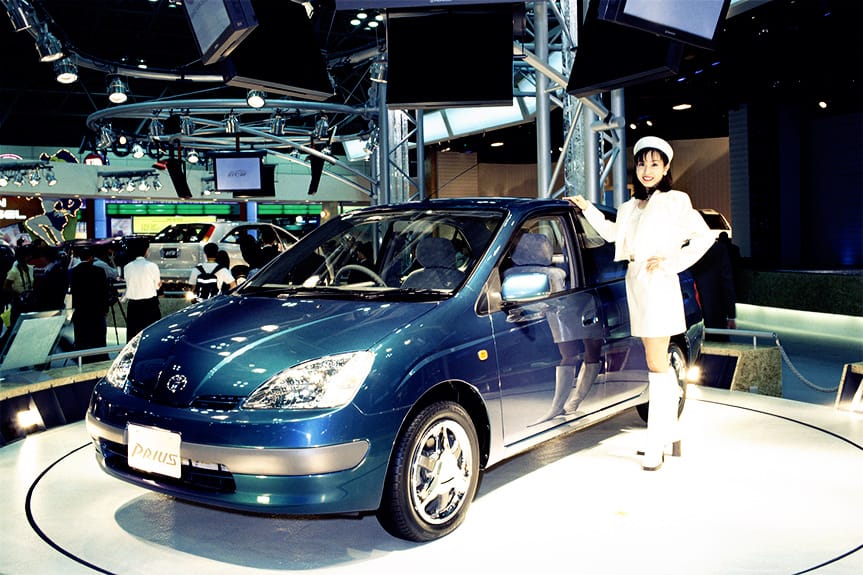
The announcement sparked public interest in the Prius at the Tokyo Motor Show held from October 22, drawing throngs of visitors to get a glimpse of the car. The Prius was named Japan Car of the Year in 1997 by an overwhelming margin of nearly 200 votes separating it from second place. At the COP3 conference in December, the Prius was used to taxi participants between venues. The global media was captivated, peppering Toyota executives and engineers with questions about the car. A new advertising campaign accompanied the debut, with the catchphrase “Just in time for the 21st century” to emphasize the Prius’s position as a car to usher in the next century. The G21 project had ended with a resounding success. Ogiso said:
“The line-off ceremony went smoothly on December 10. Our original sales plan was 1,000 units a month in Japan. The initial orders were large, and we expanded capacity after that, averaging production of about 1,500 units a month for the first generation.”
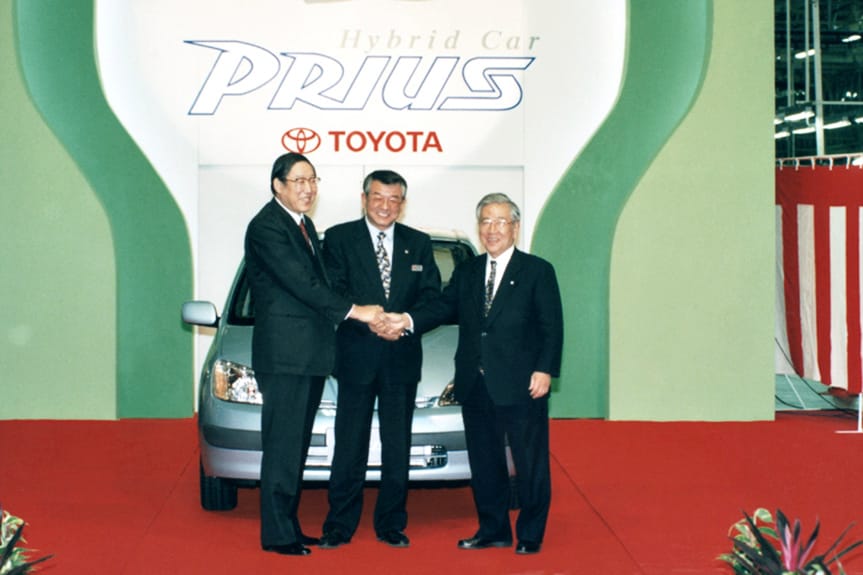
The Prius remained in the spotlight after the launch, with orders in the initial month of sales reaching 3,500 units, three times the target. The ¥2.15 million price tag may have been less than the market expected, but it was significantly higher than other cars in its class. Despite this, the flood of orders reflected the excitement among environmentally conscious consumers.
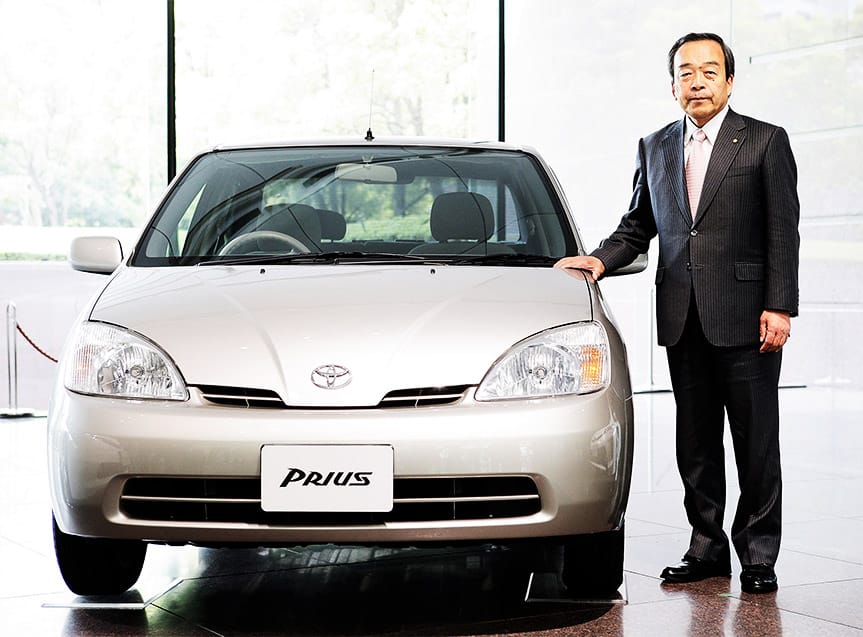
From there on…
Although in terms of how it looks the Prius wasn’t very exciting to look at, but it did foretold the future. Inside the dashboard was dominated by a digital instrument display centered beneath the windshield. Trunk space was limited because batteries were placed behind the rear seats. The engine was almost noiseless and after pulling down the gear lever, the car glided away extraordinarily silently before the engine fired up. Employing stop/start technology, the engine would shut down at stoplights.
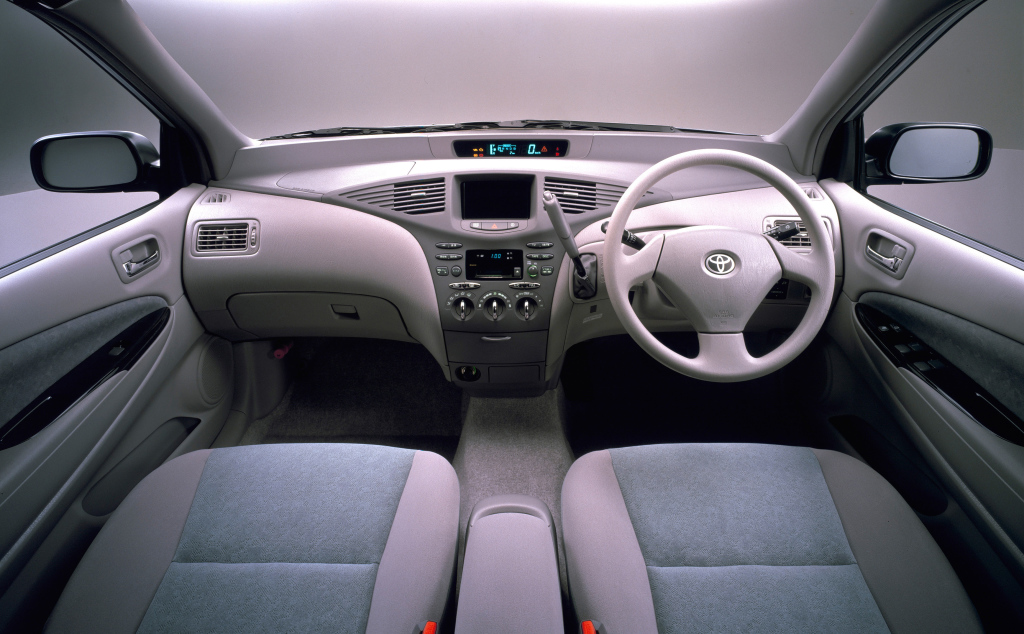
Ogiso recalls that “The first-generation Prius made a splash, but it was still a niche car that was far from the mainstream.”“There were discussions inside the company on whether there was really a need to release a second generation. However, after listening to consumers, Toyota realized that the reaction among consumers in regard to the environment in Japan and the United States was positive. The second generation represented the next evolution of the hybrid system, improving both fuel efficiency and driveability, and succeeded in further raising the Prius’s presence in the global market.
2nd gen Toyota Prius
A complete redesign in 2003 resulted in greater interior space and a liftback design with fold-down seats made it practical for carrying luggage. Center digital gauges remained, but front passengers enjoyed a center console with flip-out cupholders, flick-switch gear selector, and touchscreen controls. Fuel economy compared to the first generation was further increased and while the 1st gen Prius required almost 13 seconds to reach 100km/h speed, the 2nd generation was able to achieve that in just under 10 seconds.
3rd gen Toyota Prius
Evolution continued with the third generation for 2009 that brought edgier styling, crash-mitigation braking, swoopy console, and even better mileage. From 3rd generation more models were added under the Prius umbrella. There was a smaller Prius C (also marketed as Aqua), a larger Prius Alpha with 5+2 seats as well as a plug-in version that delivered over 40km in a liter. The 3rd gen also became the second Prius model to win the coveted Japan Car of the Year award.
4th gen Toyota Prius
The current generation debuted in 2015 with an aggressive front facia, LED headlamps, and angular taillights, but the familiar profile remains. It got better interior with a tablet-style touchscreen and revised Prius Prime plug-in that goes 40km on a charge while achieving up to 214km combined. All-wheel-drive became available as features such as wireless phone charging, Apple CarPlay, and Toyota’s advance crash avoidance systems.
Related: 7th Generation Corolla E100- The Most Popular Corolla in Pakistan
By then, nearly half the cars sold by Toyota in Japan were hybrids, and by the end of January 2017, cumulative Toyota hybrid car sales had exceeded 10 million units. The Prius, having overcome so many challenges, will be 23 years old in December this year.
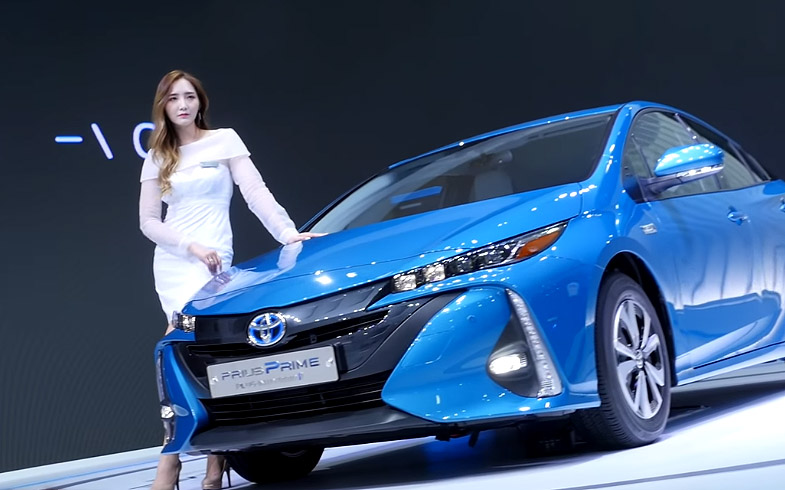
According to Ed Laukes, Vice President of Marketing at Toyota North America:
“The Prius proved to the auto industry that an alternative-powertrain vehicle can be dependable, reduce vehicle ownership costs, strive for innovation and be a desired product. Additionally, Prius proved that people care about the environment, and what they drive projects an image of who they are, and many want that image to be environmentally conscious.”
Prius had an incredible effect on Toyota. Laukes adds that it was the platform to prove how great Toyota’s hybrid technology was. “The quality, durability and reliability in a hybrid engine was proven. Additionally, its environmental impact brought people into the brand that normally may not have considered a Toyota.”
The looks of Prius have been a debatable subject in each generation model. However no matter how it looks, it will continue to be on the forefront of fuel efficiency. Toyota has already sold more than 15 million hybrid vehicles globally, that’s more than every other car manufacturer combined. Since the introduction of Prius, Toyota estimates that it has been able to save 120 million tons of CO2 emissions compared to equivalent petrol vehicles.
Related: Toyota Hybrid Sales Exceeds 15 Million Units Worldwide
The Prius is sold in over 90 countries, with Japan and the United States being its largest markets. Global cumulative Prius sales reached the 1 million vehicle milestone in May 2008, followed by 2 million in September 2010, and surpassed the 3 million mark in June 2013. Cumulative sales of Prius which is also the world’s top selling hybrid car, stands at more than 4.5 million units today. It is the winner of several international automotive awards primarily due to its powertrain and fuel saving technologies.
Looking back on the achievement of Toyota Prius, Satoshi Ogiso says:
“The acquisition and nurturing of core technologies through in-house creation made a big difference with profound benefits that can be seen to this day. When you have the same people working for years within the same company who develop a discerning eye for technology, it makes a tremendous difference in the product you deliver. The Prius development experience played a pivotal role in the development of the Mirai fuel cell vehicle launched in 2014. After working on projects for 20 years, you get an instinct for anticipating what needs to be done next. Looking back at those early days of my career working on Prius development, I recall the pure agony of the challenges we faced, and yet I feel the work continues today.”

A computer animation professional with over 23 years of industry experience having served in leading organizations, TV channels & production facilities in Pakistan. An avid car enthusiast and petrolhead with an affection to deliver quality content to help shape opinions. Formerly written for PakWheels as well as major publications including Dawn. Founder of CarSpiritPK.com

